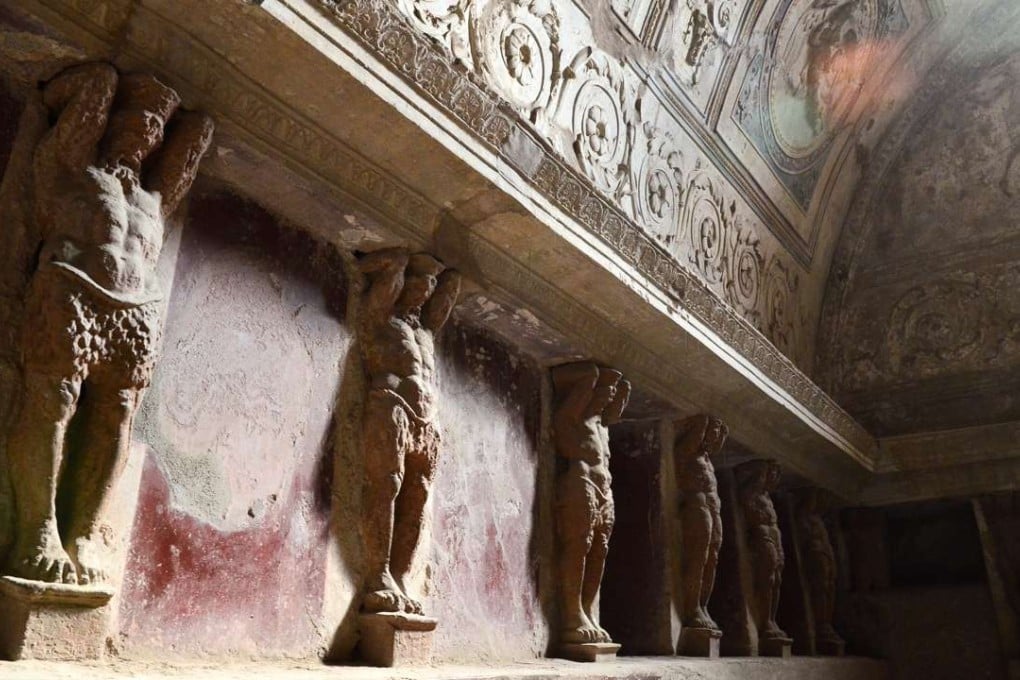Exploding toilets, diseased baths and flooding cesspits: how civilised were the Romans?
While all-conquering empire spread sanitation far and wide, Romans didn’t use soap and didn’t understand how parasites spread – and we don’t know how often the bathwater was changed

If there’s one thing most people know about the ancient Romans, it’s that they spent a lot of time in the bath.
As the Roman Empire grew, public baths proliferated across newly annexed territories. From plain and practical to polished-marble luxury, baths provided both colonists and colonised the means for a daily soak. Less well known is the Roman passion for another hygienic innovation: the public convenience. Wherever the Romans went, they took toilets.
What did all that washing and flushing do for the health of less fastidious folk who came under Roman rule? “Given what we know now about the benefits of sanitation, you might safely assume this would lead to an improvement in people’s health,” says Dr Piers Mitchell, a palaeopathologist at the University of Cambridge.
But hard evidence was lacking, so Mitchell went in search of it. He scoured records of Roman remains from towns and graveyards, and fossilised faeces, for parasites such as intestinal worms, lice and fleas. He found precisely the opposite of what he expected.
According to legend, Rome was founded in the 8th century BC. Two centuries later, work began on the Cloaca Maxima, or great sewer, which eventually became part of an immense network of drains and underground channels. Work on the first of the city’s remarkable aqueducts got under way in the 4th century BC. By the end of the 1st century there were nine, carrying more than enough water for drinking, bathing, flushing the streets and staging mock naval battles in a purpose-built lake.
